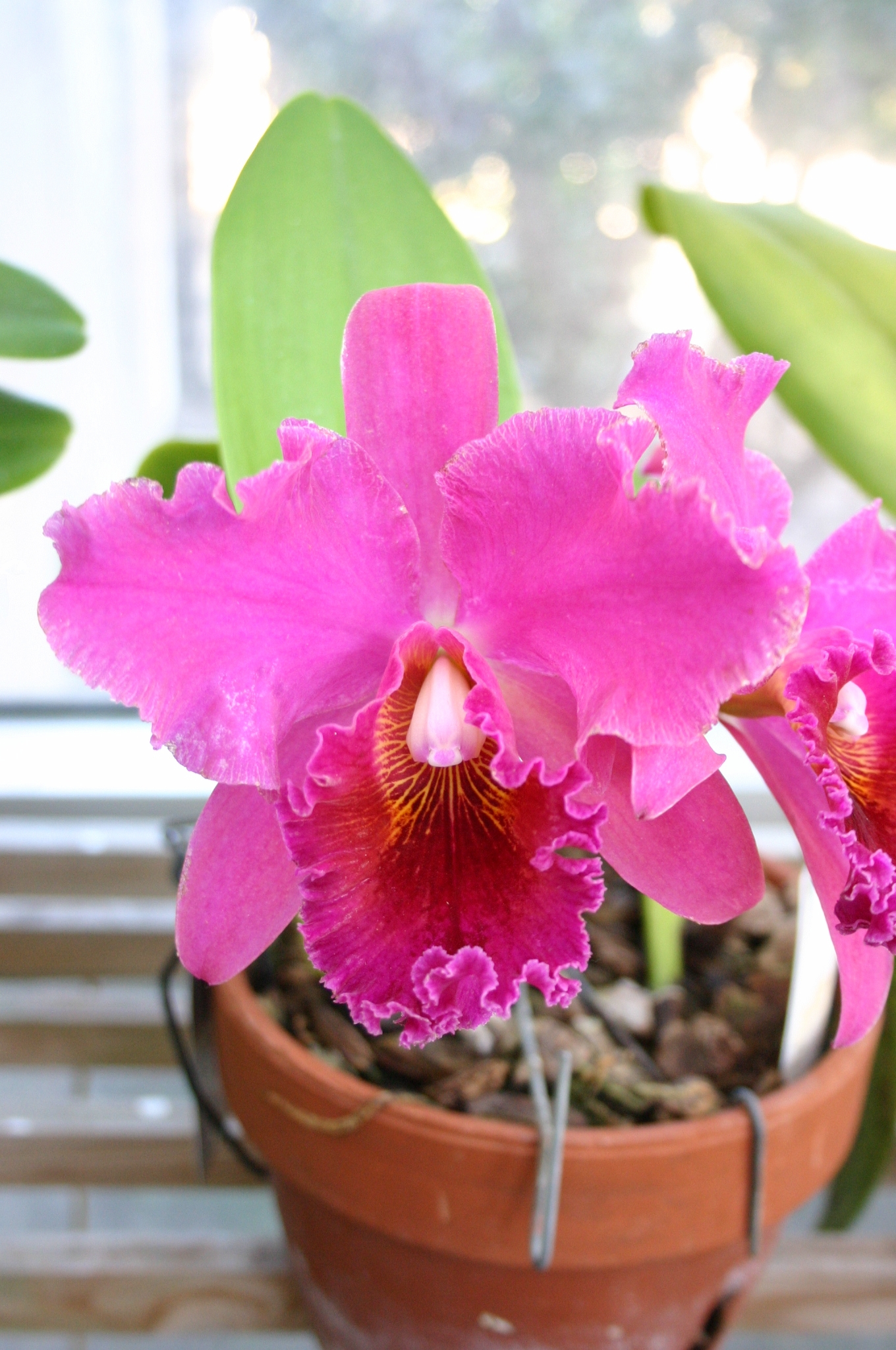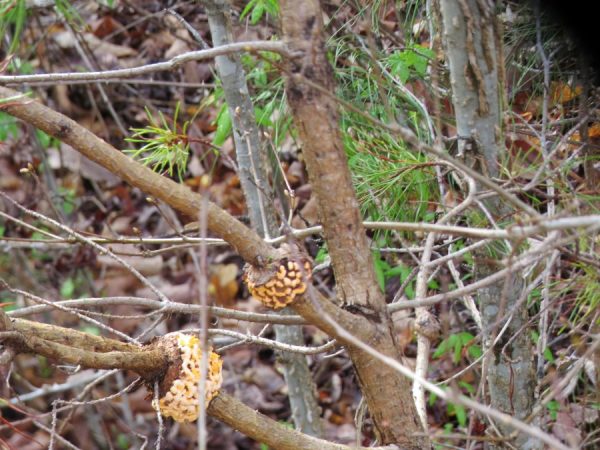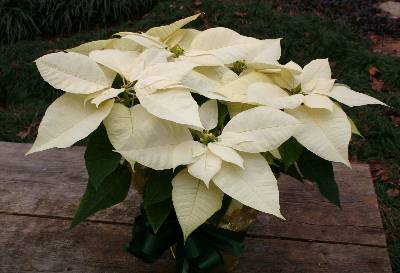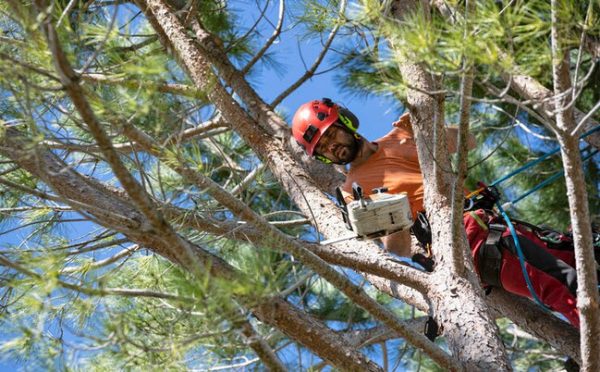Orchid – General Care
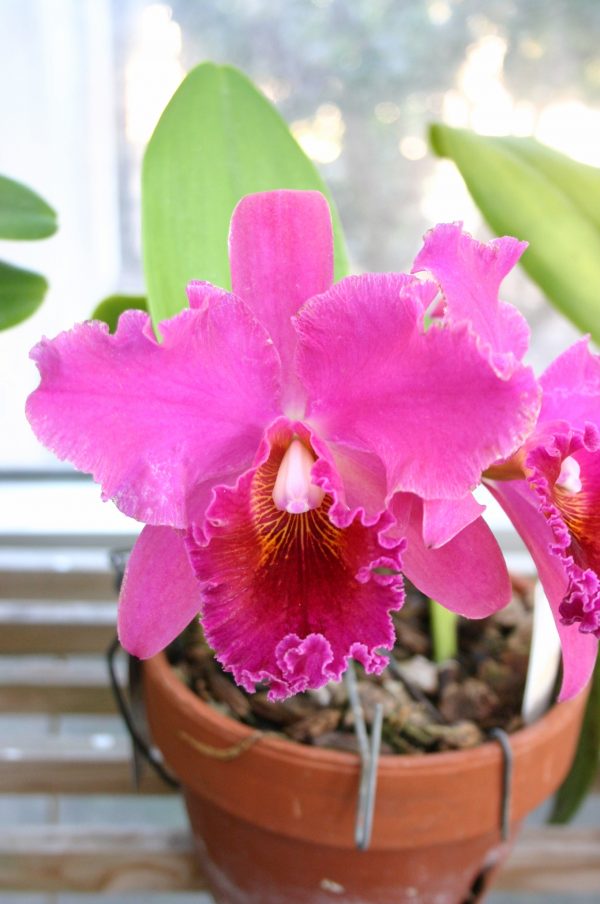
One of the most popular booths at flower shows is the one that sells orchids to show-goers. The aisles are crowded with persons trying to protect the brilliant flowers and slender flower stems of their newly purchased beauty. The booth owners assure their customers that orchids are easy to grow. But because orchids are usually set with, and given the same care as, other house plants, novice orchid fanciers are often disappointed. Experienced orchid growers often remark that it is easier to grow a dozen orchid plants than just one – because they are all together and can receive the same care at the same time. Here are some hints for simple orchid care to prepare you for your impulse purchases later at the flower show.
KINDS There are dozens of different orchid species. Most names have lots of syllables: much harder to pronounce than “African violet” or “snake plant”. Dendrobium, cymbidium and paphiopedilum don’t exactly roll off your tongue. Perhaps beginning growers should concentrate on just two: phalaenopsis (fail-in-op’-sis) and cattelya (cat’-el-ya) orchids. You see, though we think of them as tropical plants, different orchids require very different temperature conditions. Some prefer temperatures in the 60’s in order to bloom. If you have to wear a sweater indoors year-round just to see a few blooms, why attempt it? Fortunately, phalaenopsis and cattelya orchids like the exact same conditions you like indoors.
LIGHT Many orchids naturally grow high in the treetops or perched in a shady crack in a rocky cliff. They prefer bright but indirect light. A large, south-facing window is ideal for them. Forget windows that face north or north-east: there is just not enough natural light there. On the other hand, if you can hang four 48 inch fluorescent tubes six inches above your plants, they can be grown in the otherwise darkest room of your home. Use a timer to keep the lights on fourteen hours each day.
WATERING Imagine you are an orchid in the tropical treetops. There isn’t much soil up there, so your roots grow in a mixture of leaves and bark that has accumulated in a limb crotch or a hole in the tree trunk. Rain comes each day but the water quickly drains out of the root zone. So you adapt by forming a bulbous water storage organ that can supply your needs if the showers don’t arrive.
Incorrect watering is the prime reason most indoor orchids die. If yours is planted in a fibrous, free-draining soil, as it should be, water only when the soil is dry one-half inch below the surface. If you do err in watering, make sure it is on the dry side.
My friend Shirley S. waters her orchids by placing an ice cube on the roots once each week. The melting ice waters her plants slowly and she has spectacular blooms!
FERTILIZING Orchids are typically not heavy feeders. You can use any houseplant fertilizer, at one half its normal rate, once per month to satisfy your orchid. Try mixing a gallon of your fertilizer at the correct strength and storing it in a clearly labeled jug, out of the reach of children. When it is time to water your orchids, use the fertilizer mixture to give them their food and water at the same time.
BLOOMS Like most other plants, orchids bloom when the are “happy”. The best way to judge their satisfaction with their surroundings is to examine the leaves. If they are smooth and erect, you are watering properly. The color should be “medium green” (think about the green of daylily leaves). If the leaves are dark green (like the leaves of a Burford holly) you may be giving the plant too much fertilizer. Yellow leaves might mean the plant needs less light or a bit more fertilizer.


